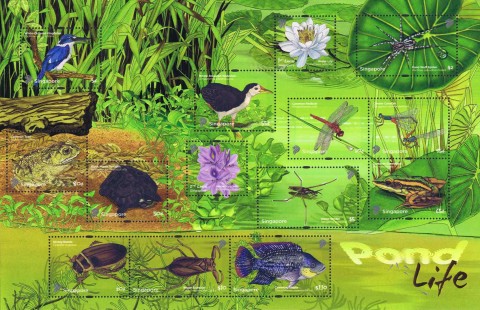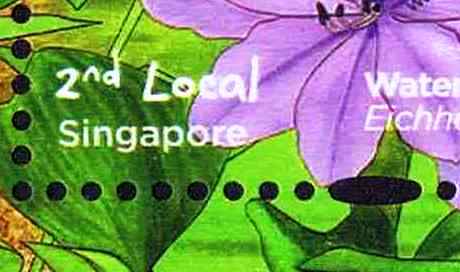It appears that a well-known securities and investment company in Singapore has decided to add one additional cent of postage to the mail it sent out. A rare sight – the numerals ‘0033’ has been imprinted onto an envelope dated 28 February 2011 in red ink.
Currently, standard mail up to the weight of 40 grams costs 32 cents when posted to a local address. Therefore, the 33 cent impression was probably an error made during the franking process, unless Singapore Post recently (or secretly) introduced a new premium of one additional cent for franked mail. However, I would say that the latter is an unlikely scenario. There was no justification for SingPost to do so, especially since the use of franked mail reduced the need to print stamps and subsequently process stamped mail.
Major establishments often opt for the more convenient franked mail over postage stamps, especially when they regularly send out large quantities of mail in assorted sizes and weights. The franking machine prints the value of the postage on the envelope and records each impression in its log.
According to SingPost’s website, the franking machine ‘allows (the user) to maintain accurate and up-to-date postage records and it prints any value of postage required’. It certainly does – 33 cents is indeed an odd value. As far as I know, certain franking machines have built-in weighing features, while others require a manual adjustment of the postage required. The older franking machines involved adjustments similar to a new day on your typical rubber date stamp.
While it seems that one cent is a small amount and that the error is insignificant, it could have cost the company much more. If this happened to be part of a bulk-mailing spree extended to the entire clientele, a huge amount – thousands of dollars – would have been incurred by this securities and investment company. As this may just be an isolated case, investors should carefully attune their confidence level in the company at their own discretion.




